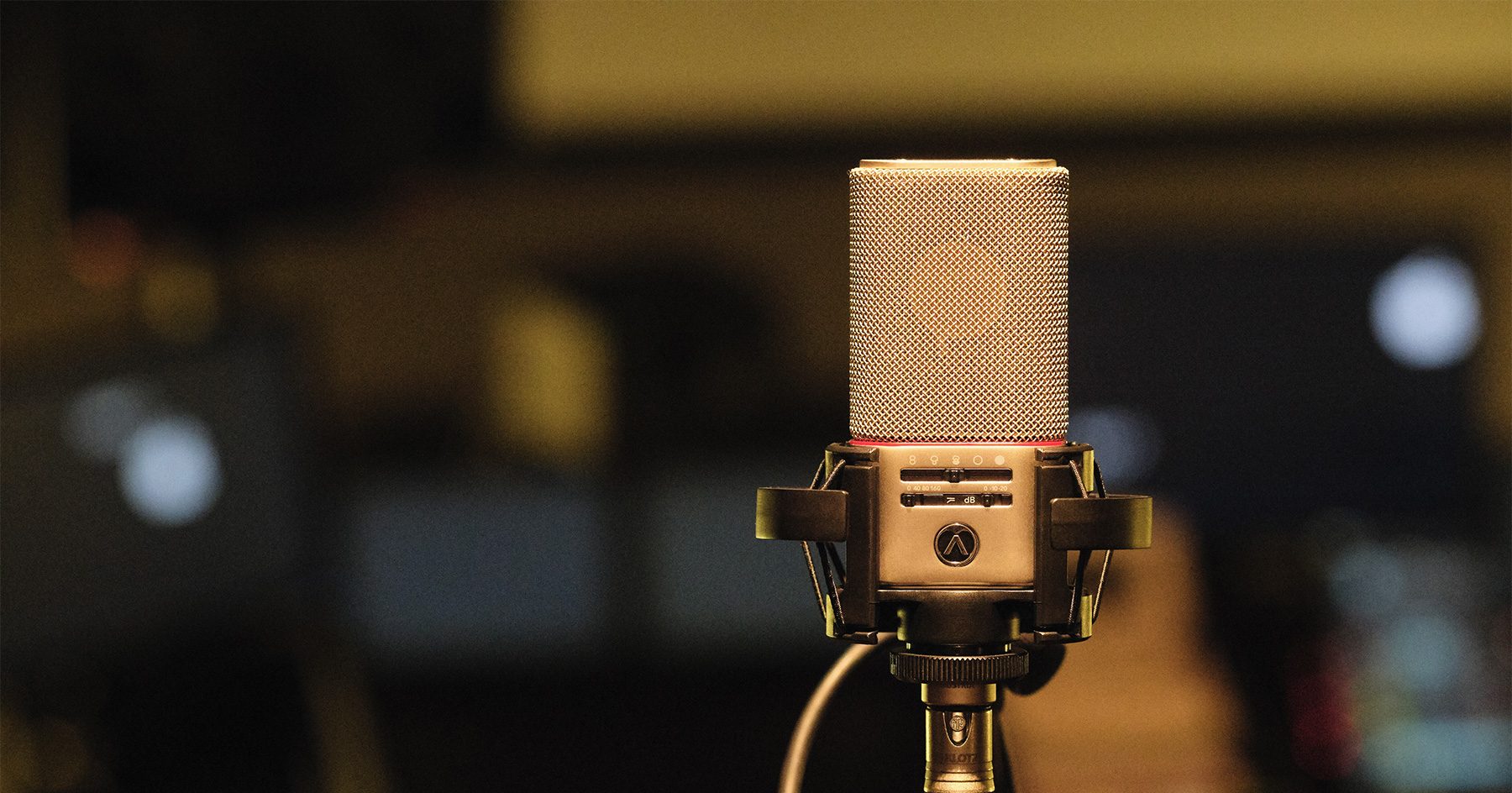
Review: Austrian Audio OC818
By combining the precise replication of a classic capsule with digital manipulation of polar responses, has this new Viennese company succeeded in bringing the zeitgeist of a classic mic into the 21st century

THE FULL PACKAGE
Unpacking the OC818 for the first time, I was surprised by its modest size and weight. While not really a small microphone, it is one of the more petite fully-featured large-diaphragm condensers on the market – especially given its dual diaphragm capsule. It’s an effortlessly stylish design with a tall head basket and a short one-piece base showing superb build quality in tasteful low-gloss silver with a subtle red ‘waist band’. The rear mini-plug socket for the second output is cleverly protected by a modest rubber plug until such time as it is required.
The OC818 has a look that is very much its own, but gives a nod to its AKG roots with sliding switches for polar pattern, pad and bass filter selection at the front of the mic a-la the 414. Four standard polar patterns (figure eight, hyper-cardioid, cardioid and omni) are offered plus a fifth ‘black-dot’ preset option (factory default setting is broad cardioid). There are three bass roll-off filter settings; 12dB/octave at either 40Hz or 80Hz, and a 160Hz setting that drops from 6dB/octave below 160Hz to 12dB/octave below 80Hz. The filter points are well chosen and suit a wide variety of recording situations, while the -10dB and -20dB pad settings help the OC818 cope with loud SPL levels from sources such as drums and amplifiers. (A more affordable single diaphragm cardioid pattern version of this mic, the OC18, is also offered for those who want the sonic benefits of their CKR12 capsule without the extra polar pattern options.)
The OC818 ships in a small but sturdy flight case with two different mounts. The first is a basic clip that holds the mic by the neck near the XLR input. The second is a robust suspension mount that provides good support and isolation while being quick and easy to set up and adjust. A short adaptor plugs into the mini-plug socket at the rear and terminates in a male XLR, while the supplied thick black windsock can be fitted snugly onto the OC818 for gusty recording assignments. Disappointingly, there was no frequency response graph supplied for the review model and none displayed on the company’s website either. In every other aspect the microphone and accessories display superior quality of materials, design smarts and build execution and the whole package inspires confidence in the way that proper professional kit should.
PROOF OF CONCEPT
Melbourne singer-songwriter Dan Flynn arrived at my studio shortly after the OC818 did, so we wasted no time putting the mic to work on some acoustic guitar beds. Dan plays a lovely Martin with a strong finger picking style, and we quickly discovered that the Austrian Audio mic and the Martin were a match made in heaven. With the bass roll-off filter set for a little rumble protection below 40Hz and the mic aimed at the 12th fret from a slightly elevated angle about one metre out in front, the sound coming back off tape made us both extremely happy. The articulation was smooth and even right across the spectrum with a lovely strong boom-free bottom end, great woody midrange and sweet natural-sounding highs. Subsequent tracking gave us excellent results in this application with a variety of guitars in both soft picking and manic strumming contexts.
This turned out to be a sign of things to come, and over two days we used the OC818 as our go-to mic on a variety of overdubs. On vocals the mic was great, delivering what I was increasingly coming to associate with it: superb tonal balance with trouble-free low-end and silky highs that took EQ very well where required. I was also impressed with the overall sonic ‘image’ the mic presented, and the smooth way it handled transients and off-axis sources.
With an output impedance of 275 ohms and a moderate sensitivity of 13mV/Pa, the OC818 allows preamps to run at reasonably high gain levels. Through various tube and solid-state preamps, it proved itself to be a reliable workhorse studio tool.
Having established the OC818’s bona fides in basic mono tracking mode, it was time to investigate its dual channel possibilities and the intriguing digital accessories.
NEED TO KNOW
Austrian Audio OC818
Dual Diaphragm Condenser Mic
POLAR EXPLORATION
Austrian Audio’s free Polar Pilot app is designed to expand the capabilities of the basic onboard mic settings. It lets users control the filters, pads and polar patterns of the OC818 remotely via a portable device such as a smartphone or tablet. To use the app you’ll need to purchase the OCR8 dongle, then pair it via Bluetooth to your device of choice. The app itself is easy to load and navigate, with the key feature being that it allows fine-tuning between the fixed polar patterns accessible from the mic’s onboard switches. You can dial up a slightly cardioid omni for example, or a figure-of-eight skewed towards the front lobe. Such fine controls won’t be a selling point for everyone I suspect, but they certainly do expand the potential of what is already a very capable microphone. A favourite polar setting can be saved inside the mic as a preset, there’s an in-app 60-second clipping monitor/logger, and the status of all the mic’s settings can be checked remotely from your device.
POLE DANCING
While the Polar Pilot app is fairly straight-forward in terms of its operational scope, the same cannot be said of the PolarDesigner plug-in. This is a really deep, powerful piece of software that can have a massive impact on the tone and character of your source material. Its operation it is not unlike a multiband compressor, except with polar patterns instead of dynamics as its building blocks. As a post-production tool the free and open-source PolarDesigner provides an impressive range of creative sound shaping options as well as intelligent tools to tackle unwanted spill and proximity effect. The plug-in is instanced on a pair of tracks recorded from the front and back diaphragms of the OC818 (or other dual source mic, though the results may not be as optimised) and presented as a stereo track for the plug-in to work its magic.
The GUI is clearly laid out and is dominated by the multiband polar pattern and frequency chart to the right. Sliders underneath each band’s graphic display provide continuously variable control of polar pattern and gain addition/reduction. Each band can also be soloed or muted here. On the left are controls for selecting the number of bands (up to five bands are available but you can select as few as one), equalisation and proximity effect as well as intelligent spill targeting and minimisation. Reverse polar patterns can be allowed or forbidden and presets can be saved and loaded.
It’s hard not to feel like a kid in a lolly shop when you first pull up the PolarDesigner plug-in, such is the smorgasbord of possibilities on offer. Firstly, you can choose how many bands you want to instance and adjust the crossover points to taste. Then, of course, there’s the small matter of deciding which polar pattern delivers the best results in each band. Gain addition and subtraction in each band can be adjusted too. Muting and soloing the bands helps you hear exactly what the individual processes are doing. The diffuse field/free-field idealised response equalisation options provide subtle differences in tonal voicing and the proximity effect control certainly does what it says on the tin. The more exotic spill-minimisation process is a two-stage affair where desired signal is fed in and ‘maximise target’ is activated, the plug also wants you to feed in undesired spill after which you can satisfyingly hit the ‘terminate spill’ button. It all gets very Arnold Schwarzenegger here, and the end results vary but are often surprisingly effective.
On vocals the mic was great, delivering what I was increasingly coming to associate with it: superb tonal balance with trouble free low-end and silky highs that took EQ very well...
CAREFUL WHERE YOU POINT THAT THING!
While all these controls are extremely welcome to experienced engineers, a few words of caution primarily aimed at newer players are warranted. The first thing to note is that after a few minutes of twiddling PolarDesigner’s parameters it is very easy to end up with a sound that is somewhat compromised and a million miles away from what you originally tracked. Big variations in polar patterns from band to band come at a cost and if you’ve got all five bands engaged and furiously tweaked you’ll be introducing a lot of processing anomalies at the crossover points and a general ‘pinching’ of the sound will be evident despite Austrian Audio’s claims of phase linearity. ‘Termination’ of spill can also really chop out significant areas of your tone, and if they are mission critical areas you might be better off learning to love the spill you had.
Having said all that, there are incredible upsides to the PolarDesigner and I think it’s a brilliant bit of audio design that will have a host of applications. The one that immediately sprang to my mind was the eternal spill battle between vocal and acoustic guitar mics during live takes. I did some guitar miking tests while singing with the mic’s front capsule aimed at the guitar and the null point aimed at my face. I found that tuning the ‘presence band’ (3kHz to 8kHz) of the OC818 to a tight figure-eight pattern kept vocal sibilance to a minimum, while the cardioid pattern below 3kHz gave me a full-bodied lower midrange and a little more air and ‘bloom’ from the instrument. After much tinkering I found the most natural results occurred using the minimum amount of bands for the job. The PolarDesigner plug-in certainly opens up a plethora of possible ways to optimise results in such situations and encourages thinking ahead with mic positioning to make the most out of the plug-in’s sonic possibilities.
Perhaps best of all, the key variables of the PolarDesigner are all accessible via automation. This means you can selectively morph polar patterns, gain levels and proximity effect during a mix. For example a cardioid live vocal take can be shifted to omni for an instrumental section to add extra room energy, a piano overdub can slide towards omni for a more roomy background feel during vocal sections and focus back in to hyper-cardioid for its solo. Drum overheads and distance-miked amps can be pushed back into the room or forward into sharper focus. Really, the sky’s the limit and of course any music technology this powerful is begging to be creatively misused by artists and engineers looking for a new edge.
BALANCING ACT
Over the next few weeks I gave the OC818 a series of heavy workouts on vocals, mono drum overheads, electric and double bass, electric guitars, strings, percussion and piano. Whether in its single- or dual-channel configuration, the mic repaid me with great tonal balance and a natural yet pleasing sonic quality that always seemed to fit effortlessly into overdub contexts regardless of what the existing material was. As the days went by I realised I wasn’t reaching for EQ much either. The last mic to catch my ear like this was the Soyuz SU-17 and that’s a valve model worth more than twice the price of the Austrian Audio — the common denominator being that these are both hand-built designs made by audio obsessives with decades of European experience behind them.
Just to make sure I had fully taken the OC818’s measure, I tracked an entire song using just this mic (a process that I find exaggerates any weaknesses in a microphone as problematic frequencies and resonances build up). Sure enough the mic came through with flying colours yet again. The track stood up on its own so well it didn’t require any real help with EQ at all, something of a rarity in my experience. This last bit of tracking re-confirmed my high opinion of the mic and sent me checking my bank balance — always a danger for reviewers!
The consistent quality of the sounds the OC818 delivers over a wide variety of applications is a real testament to Austrian Audio’s new capsule design – the results really are quite stunning. With its easy authority on key instruments and vocals, the smooth way it handles transients along with its generally un-hyped but sweet tonal signature, the OC818 is one of the best-sounding new microphones I’ve had the pleasure of reviewing over the past 15 years. Austrian Audio has delivered one heck of a mainstay studio mic here at a very reasonable price point. Throw in the innovative and comprehensive digital control over multi-band polar patterns and you can be sure the competition will be sitting up straight in their chairs. Time will tell, but with the Austrian Audio OC818 my feeling is that we may indeed be witnessing the birth of a modern classic.







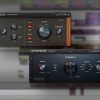





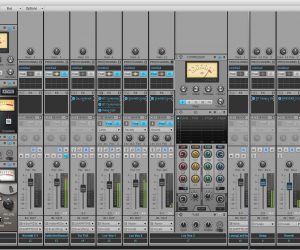
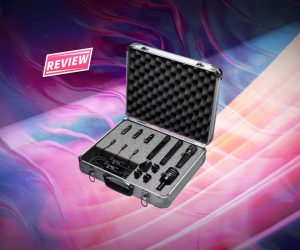
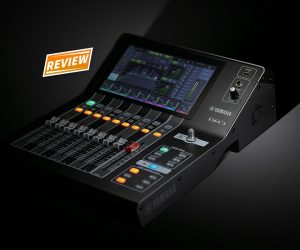






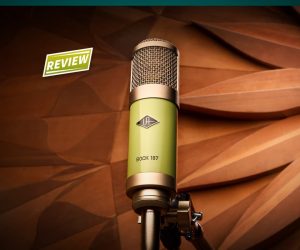

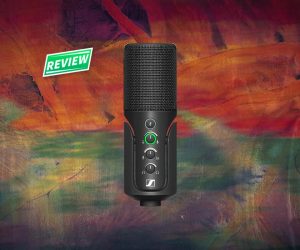


Wow… it’s an awesome article.
impressive mic!
Greatt article 💓
This is an amazing mic
Looks well crafted. Hopefully it outperforms the competition
thanks for chance to win
Nice one
Best microphone in the world
Wow… it’s an awesome article.
Sweet
this is a great product..the type that the world needs to see..
Expensive Mic
Interesting mic. Love to try it.
Coooool
Impressive💓
Nicey domnic
I wish I could try this…
⭐⭐⭐⭐⭐
It’s nice microphone , with some high expectations this microphone will definitely adding great vocal benefits in indian cinema
Max ville 6 1357 durian st. Brgy san miguel pasig city
Wow🔥😍😍😍😍
How to use
wow thats amazing
amazing mic and very pro
Love this article, very interesting
This is one of the most fascinating, intriguing articles I have ever read! Thank you so much for writing.
I want two
looks amazing!
Duh! It’s from Austria! It has to be great!
Wow! Great
Very interesting
I could only be so lucky to ass this to my studio setup.
Very nice
Super write up
Wow this is amazing
Wow this is an amazing 😉
Nice mic 🎤
Great deal